-
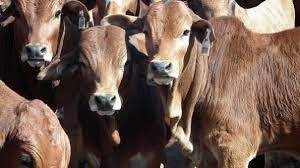
Dutch company eyes empowering livestock owners in Ethiopia
Pikoline / Schippers Group, a company specialized in improving hygiene in livestock farms and operates in more than 40 countries around the world, eyes to empower livestock owners in Ethiopia. Mr. Jeroen A. Beijer, a Commercial Director of the company is in Ethiopia to discuss with Ethiopian Gov...Read more -
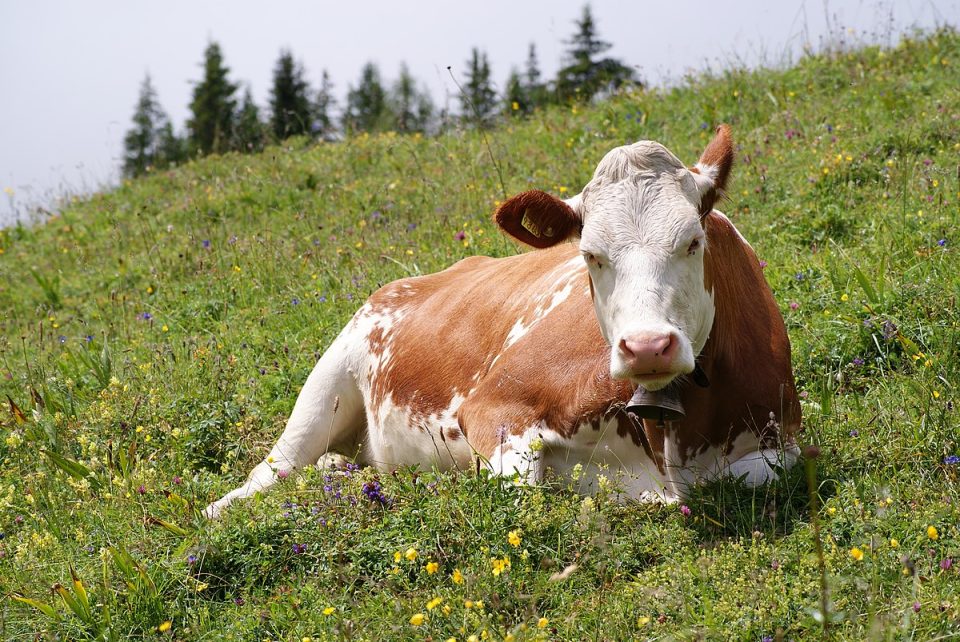
Dairy cows flourish on natural pasture
The romanticised picture of the idyllic dairy farm, with contented cows resting on pastures dotted with clover in bloom, plays itself out on Dalewood farm near Stellenbosch in the Western Cape. “I want to see my cows chewing the cud,” says Rob Visser, owner of Dalewood Fromage. “That’s when I kno...Read more -
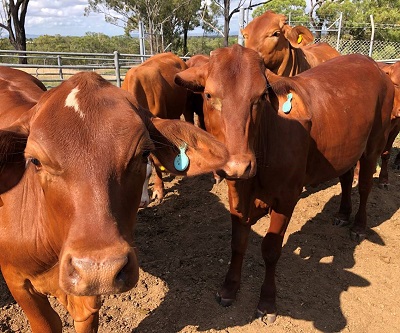
CQUni leads new sensor-based livestock traceability trials
Researchers from CQUniversity’s Precision Livestock Management team are investigating how on-animal sensors (aka smart tags) can be used to improve traceability of livestock through the red meat value chain. The project is funded through the Traceability Grants Program with the Commonwealth Depar...Read more -
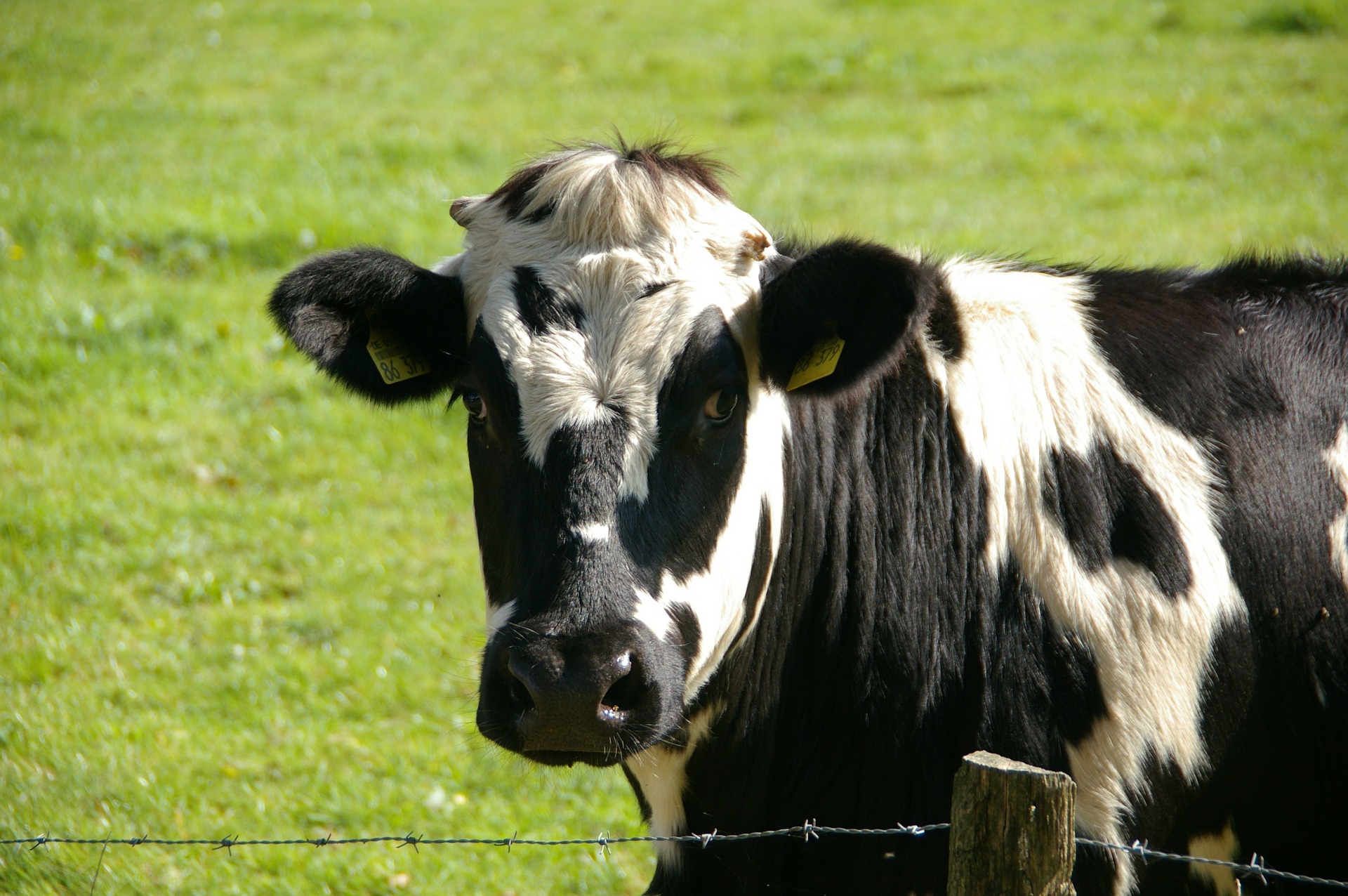
AU Animal Resources Seed Centres of Excellence to Boost Climate Change Adaptation
Africa is gearing up to mitigate the impact of climate change and global warming on animal health and production by establishing animal resources seed centres of excellence that will conserve indegenious livestock genetic materials. The centres of excellence will be an improvement of existing reg...Read more -

College of Veterinary Medicine, Southwest University visited Fangtong to explore talent training and employment
On May 30, 2022, Changjian Huang, Secretary of Party Committee of College of Veterinary Medicine, and Rendong Fang, vice president of the college led a team to Chongqing Fangtong Animal Pharmaceutical Co., Ltd to carry out a special action of “Secretary and President visiting enterprises, e...Read more -
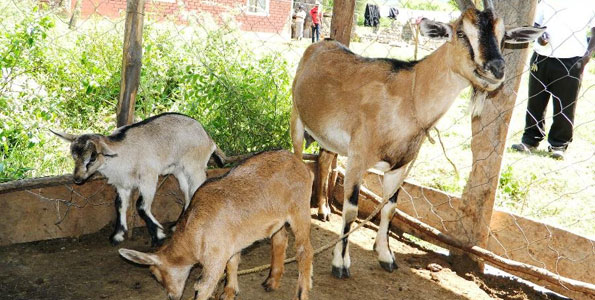
Africa appeals for global support to curb sheep, goats plague
Africa needs US$526 million to eradicate a sheep and goats plague that is fast spreading across the continent threatening livelihoods especially among smallholder farmers in rural areas. This amount could go up to US$1 billion if current efforts to wipe out the disease from the continent goes bey...Read more -
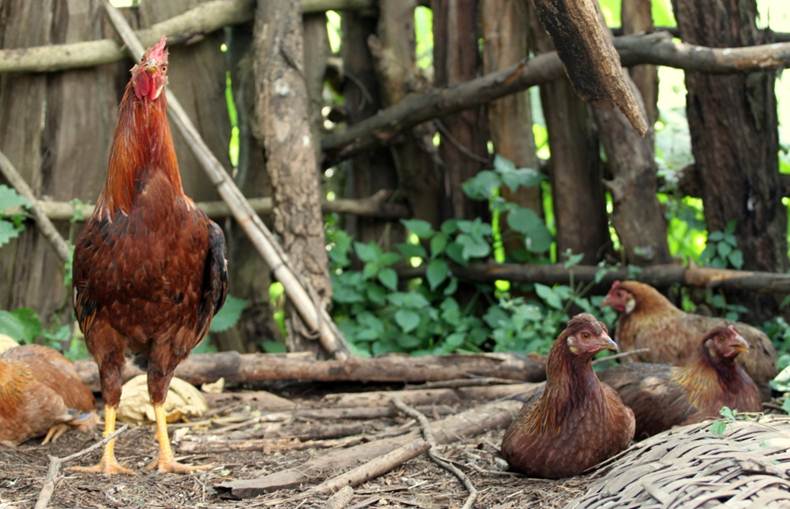
Study in Ethiopian chickens identifies key genetic markers for health and productivity
Birds from two distinct chicken populations in Ethiopia share several genetic regions linked to key health and productivity traits, according to new research. Scientists hope that the findings, published in the journal Frontiers in Genetics, will help to support the development of healthier, more...Read more -
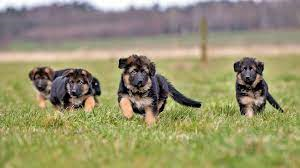
Researchers discover genetic cause of sometimes deadly esophageal disorder in dogs
German shepherds are predisposed to congenital idiopathic megaesophagus (CIM), an inherited disorder where a puppy develops an enlarged esophagus that fails to move food into their stomachs. Puppies with the condition regurgitate their food and fail to thrive, often leading to euthanasia. While G...Read more -
Livestock Genomics for Developing Countries – African Examples in Practice
African livestock breeds are numerous and diverse, and typically well adapted to the harsh environment conditions under which they perform. They have been used over centuries to provide livelihoods as well as food and nutritional security. However, African livestock systems are dynamic, with man...Read more -
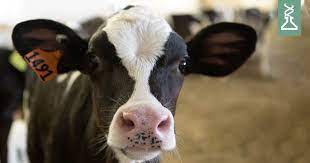
Plant-based diets can pose a risk to bone health if adequate calcium and vitamin D intakes are not ensured
In a study conducted at the University of Helsinki, partial replacement of animal protein with plant protein in the diet altered bone metabolism and decreased calcium and vitamin D intakes. In a study conducted at the University of Helsinki, 136 adults adhered to one of three study diets for 12 w...Read more -
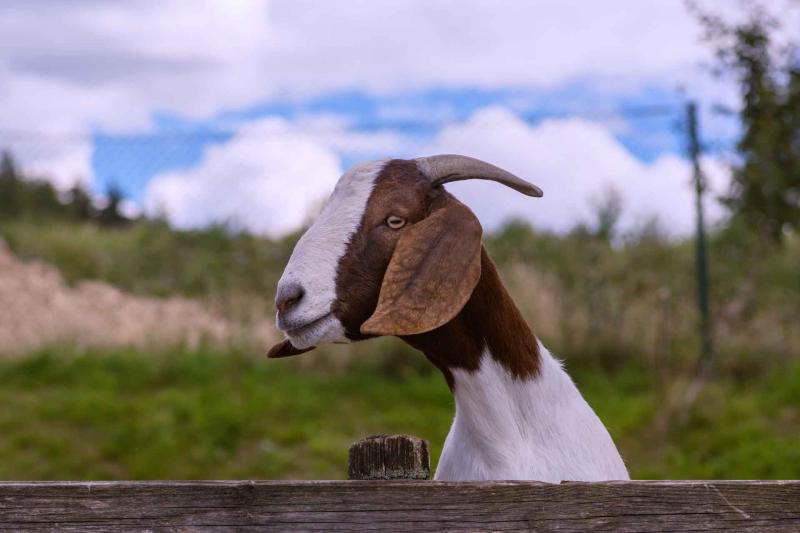
Pirbright collaboration proves Rift Valley fever vaccine safe in pregnant animals
Collaborative research involving scientists from The Pirbright Institute has shown that a new vaccine, ChAdOx1 RVF, is effective at protecting pregnant sheep and goats from Rift Valley fever (RVF), a debilitating disease that can also be transmitted to humans. This work will also help progress th...Read more -
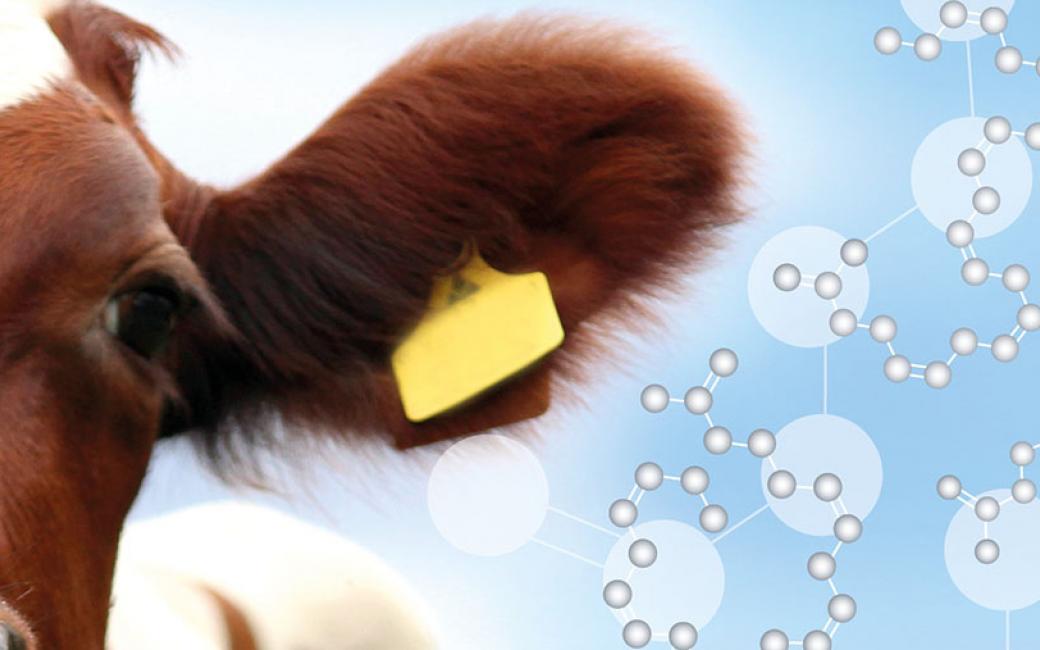
Oil supplements in feed improve the nutritional quality of milk
The nutritional quality of milk improved when fish oil or both fish and plant oil were added to the feed of lactating cows according to a study carried out at the University of Helsinki. Adding oil to feed also had an impact on ruminal lipid metabolism, changing the metabolism of fatty acids in t...Read more -
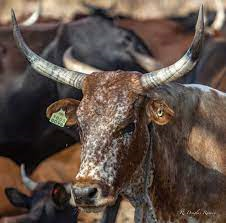
New research reveals the complexity of improving rangeland management in Africa
The world is a wickedly complex place, especially when people have a need to share limited resources. Herding communities in northern Namibia, for instance, are afflicted by poverty, drought and degraded landscapes. International groups want to help — development agencies have made several ...Read more -

New research documents domestic cattle genetics in modern bison herds
A new study published in the journal Scientific Reports has revealed the strongest evidence to date that all bison in North America carry multiple small, but clearly identifiable, regions of DNA that originated from domestic cattle. In the study, Texas A&M University College of Veterinary Med...Read more -
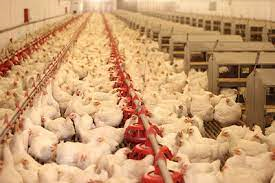
New data from broiler benchmarking platform shows scope to improve intestinal health
Latest data from Elanco’s Health Tracking System (HTSi) shows an overall drop in broiler intestinal health, highlighting a crucial opportunity for producers to improve feed efficiency and bird performance. The 2021 HTSi report, launched at Pig and Poultry Fair, analysed animal health data from 5,...Read more -
Fangtong Rated As “Class A Tax Paying Enterprise” Again
Chongqing Fangtong Animal Pharmaceutical Co., Ltd. was rated as “Class A Tax Paying Enterprise” in the tax credit rating of 2021. Fangtong has been rated as a “Class A Tax Paying Enterprise” for more than five consecutive years, which is fully affirmed by the national tax ...Read more -
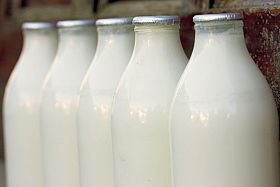
Monitor 10 mastitis control points for best milk quality
Mastitis is the most common and costly disease affecting dairy cows, ranking within the top two reasons for early removal of cows within US dairy herds. This disease affects cow welfare and causes significant economic losses through decreased milk yield, reduced milk quality, early removal of cow...Read more -
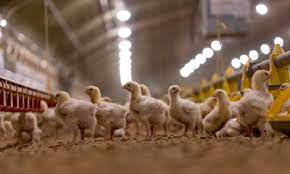
Live vaccines are key to Salmonella-control programs — here’s why
Modified-live vaccines (MLVs) against paratyphoid Salmonella serotypes help reduce colonization and excretion of wild strains of the bacterium. The vaccines also lessen the impact of heterologous strains in young poultry, which have immature immune systems. That’s the conclusion of a review paper...Read more -
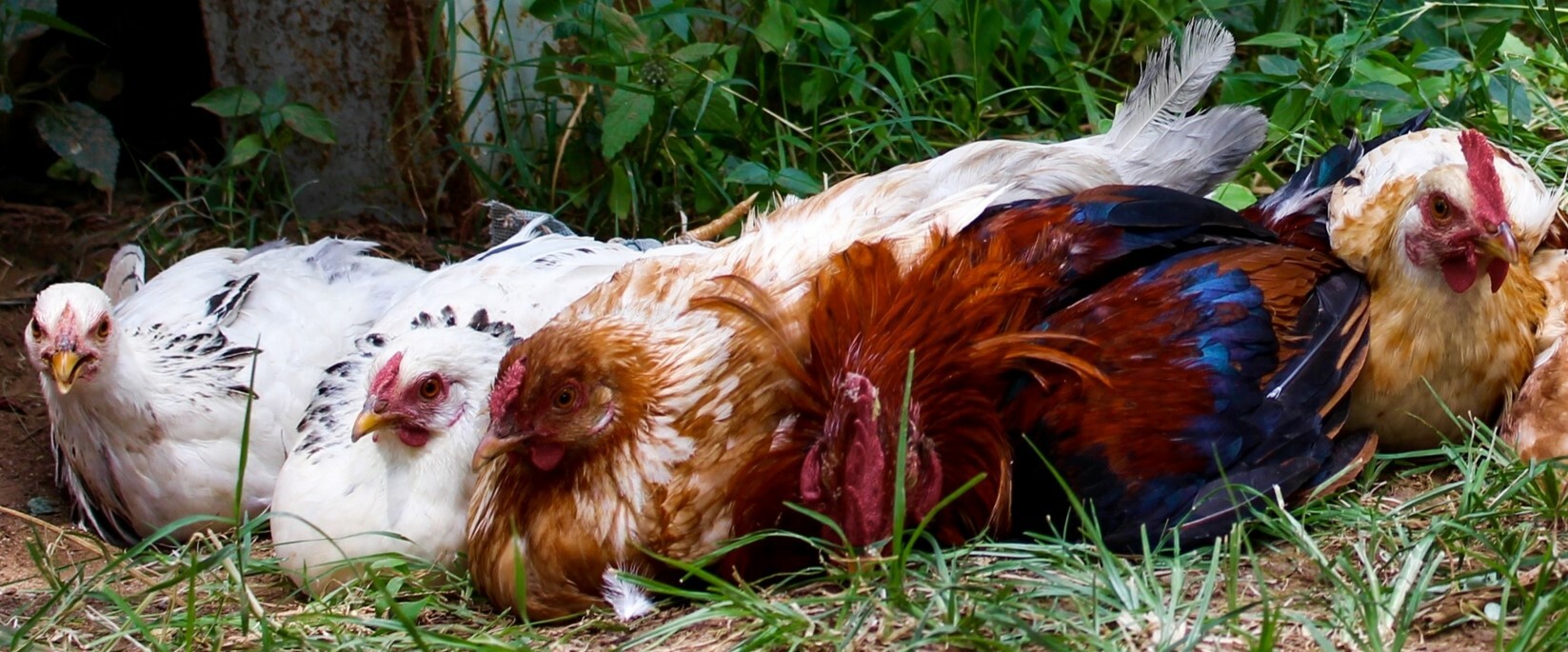
Key drivers found for environmental adaptation in Ethiopian chickens
Results of a new study strongly suggests that during evolution, the DNA of indigenous Ethiopian village chickens has changed to develop traits that can help the birds cope with the climatic challenges they face in their local environments. Researchers found six key environmental drivers for adapt...Read more -
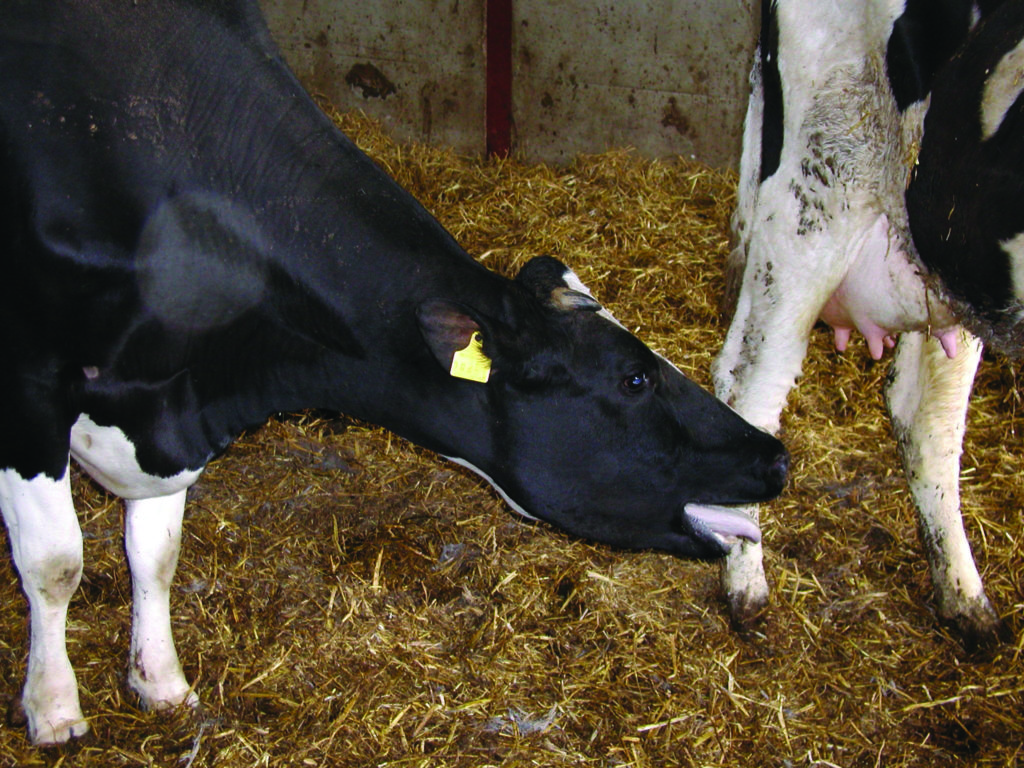
Infectious Bovine Rhinotracheitis (IBR)
Cause Infectious Bovine Rhinotracheitis (IBR) is a highly contagious, infectious respiratory disease that is caused by Bovine Herpesvirus-1 (BHV-1). It can affect young and older cattle. In addition to causing respiratory disease, this virus can cause conjunctivitis, abortions, encephalitis, and ...Read more -
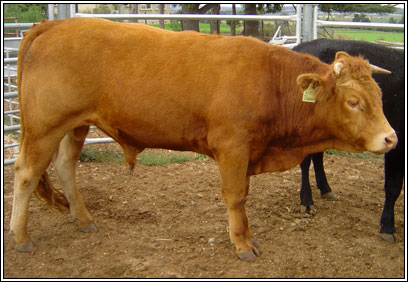
Fog Fever
Also known as Acute Bovine Pulmonary Edema and Emphysema (ABPEE). Fog fever is an acute pneumonia of adult cattle which occurs within four to 10 days of moving from an over grazed pasture or dry feed, to a fresh, lush green pasture. The condition develops rapidly. It typically occurs in Autumn, f...Read more -
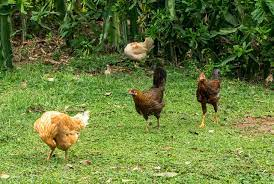
Ethiopian scientists evaluate three chicken breeds in rural and small-scale systems
So how can producers find the right balance? In a recent study, a team of Ethiopia-based scientists investigated the on-farm growth and egg production performance of three exotic chicken breeds: Kuroiler, Sasso and Sasso-R. The scientists focused on whether these tropically-adapted breeds could s...Read more -
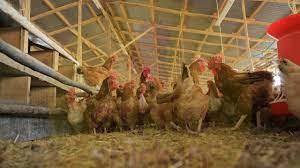
Environment drives DNA changes in Ethiopian chickens
Key environmental drivers for adaptation relate to temperature, which is associated with altitude, rainfall, which impacts water availability, as well as soil and land cover, which affect food availability for foraging chickens, scientists found. Regions of the genetic code of chickens are found ...Read more -
A Comparative Overview of the Livestock-Environment Interactions in Asia and Sub-saharan Africa
Understanding the interactions between livestock and the environment in Asia and Sub-Saharan Africa is essential to sustainable livestock sector development. In this comparative overview, we review the available evidence on the extent of grassland degradation, land, and water pollution by nutrie...Read more

